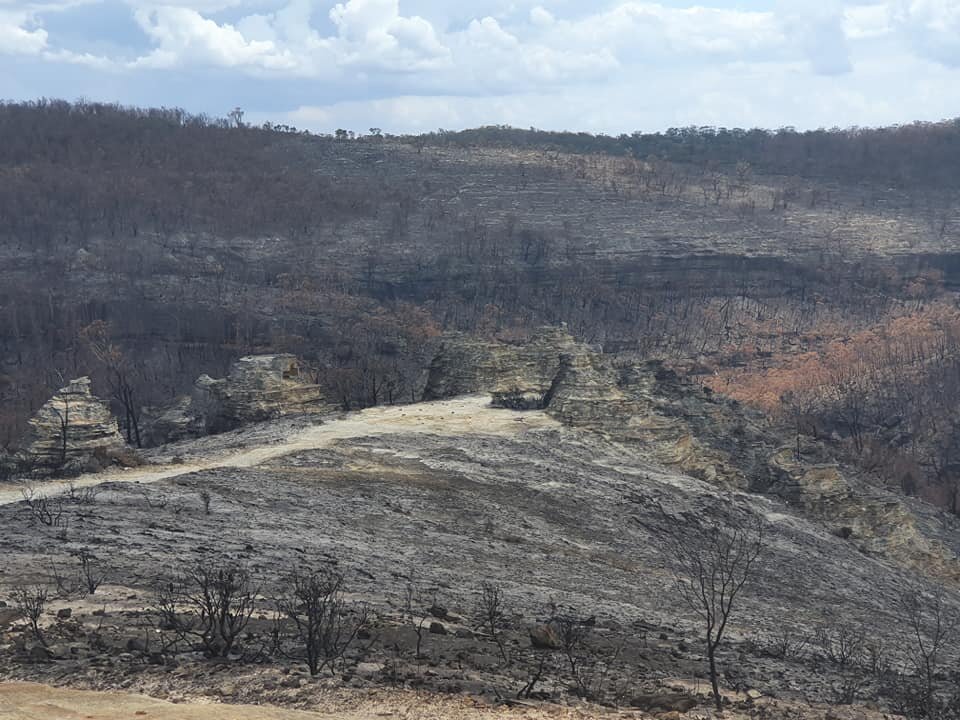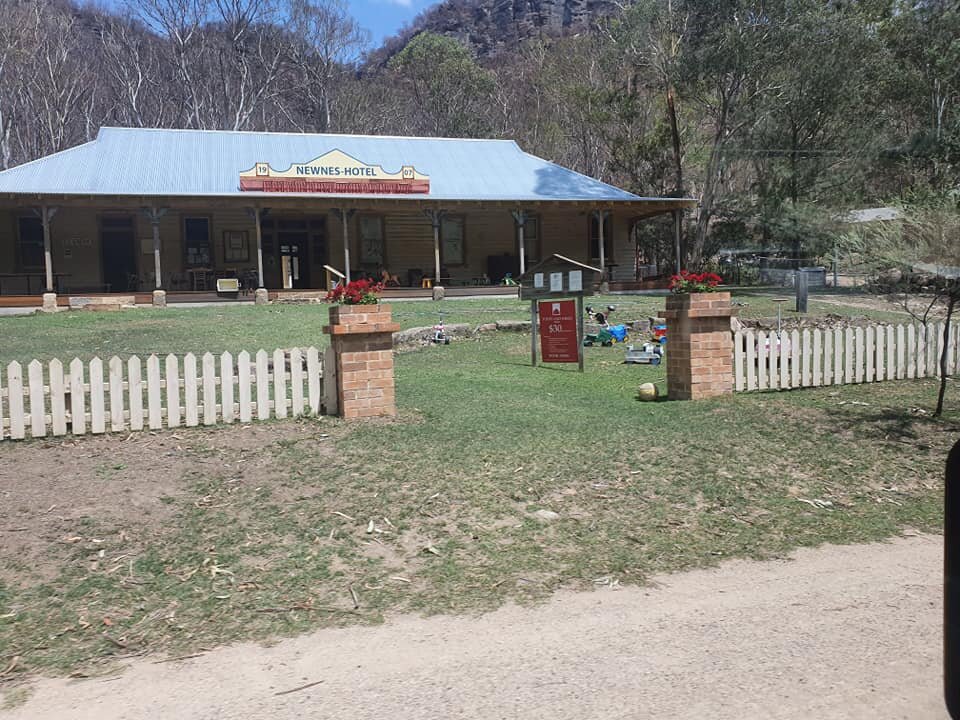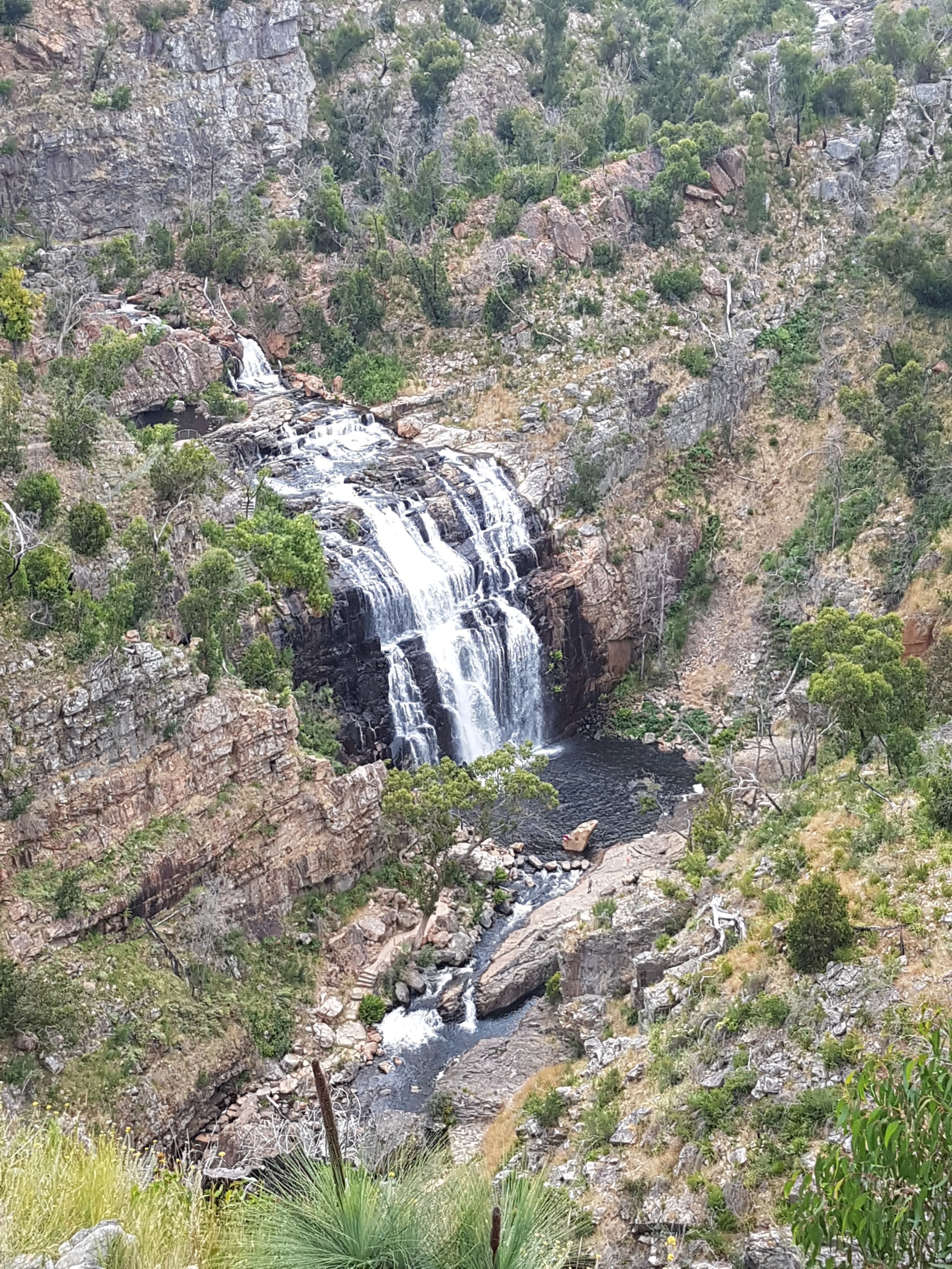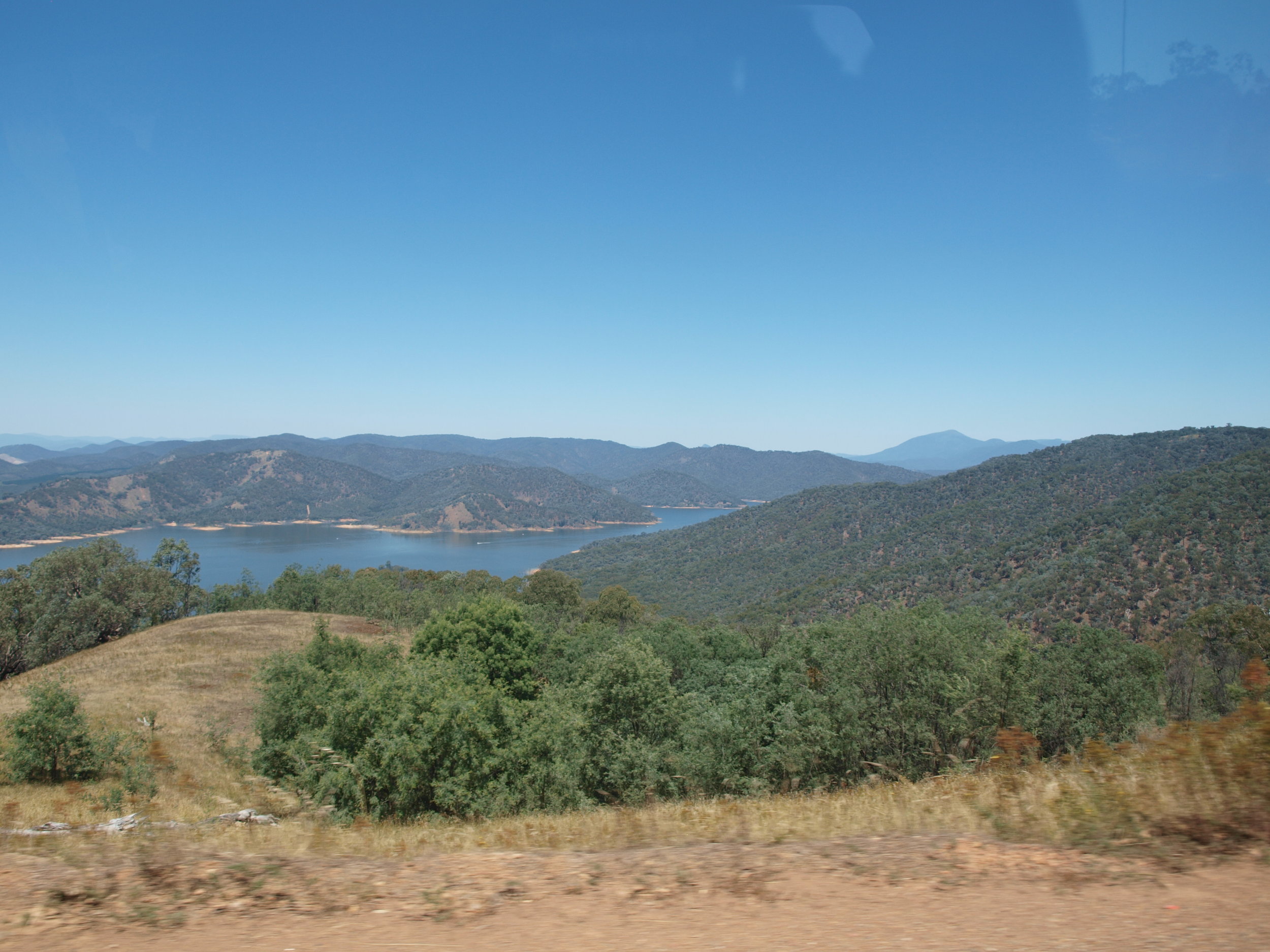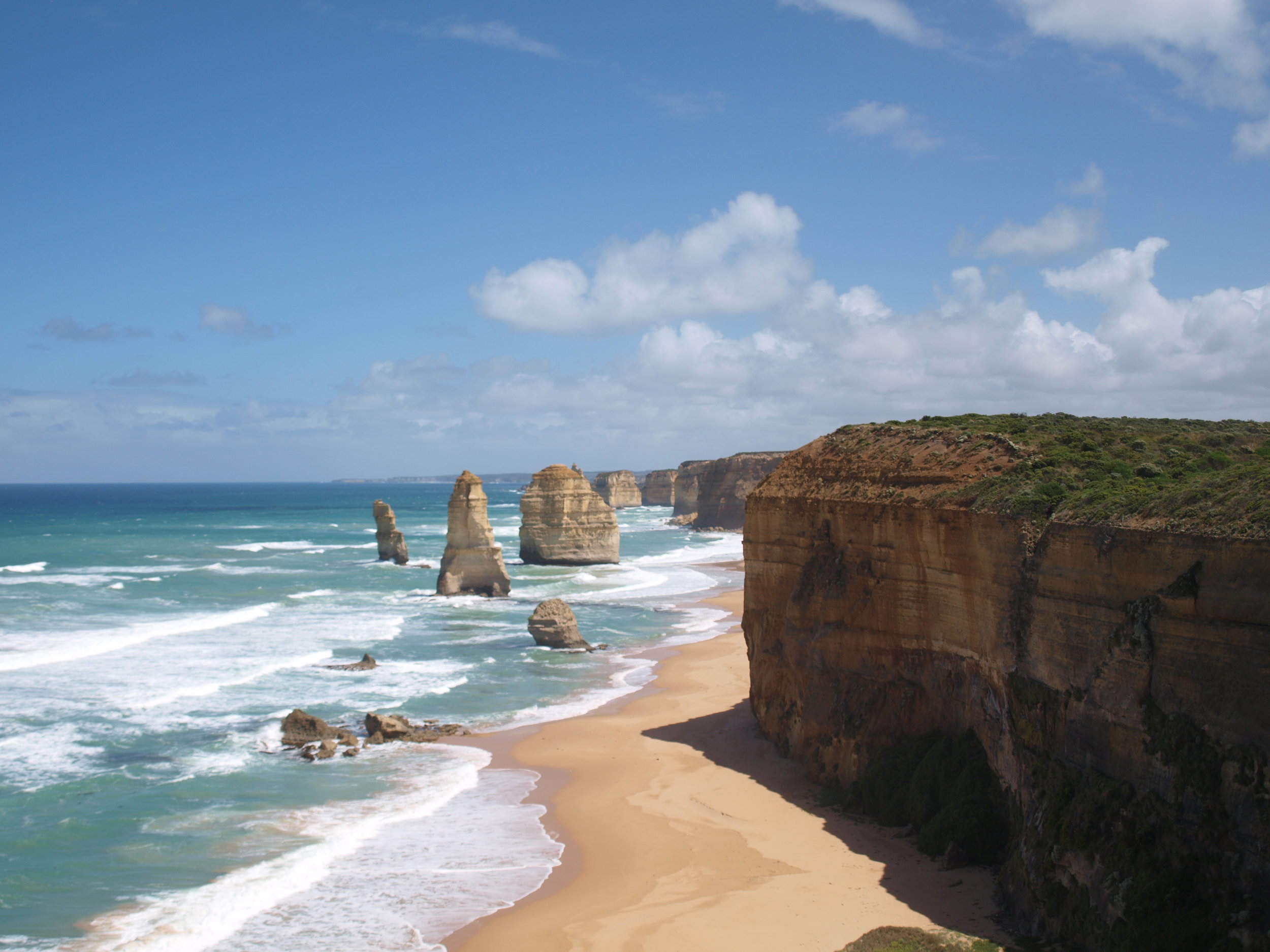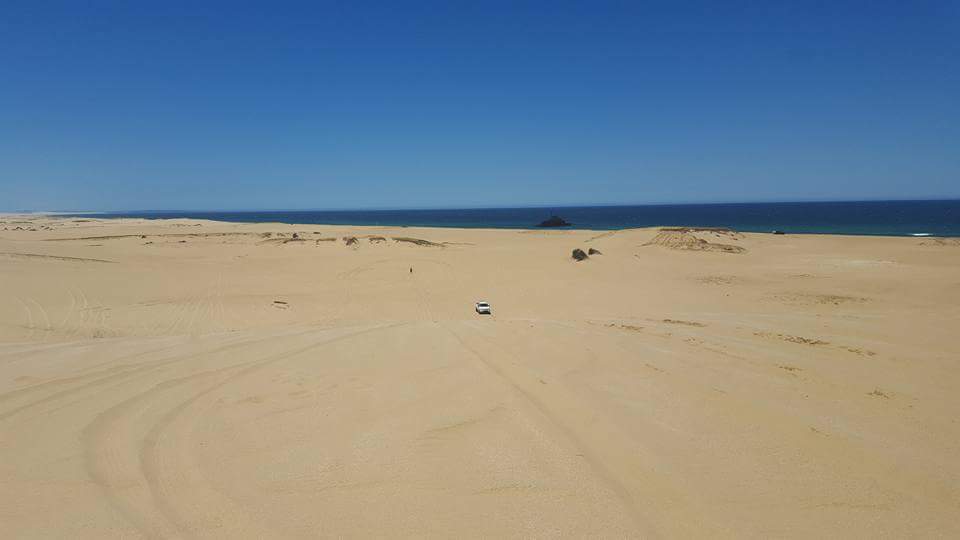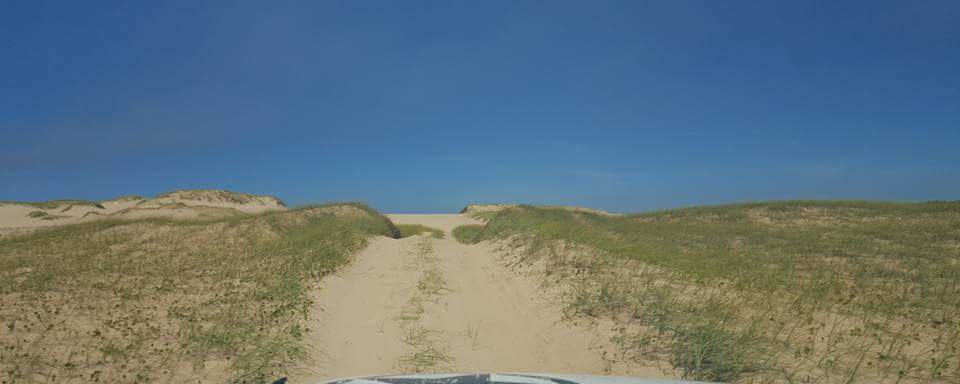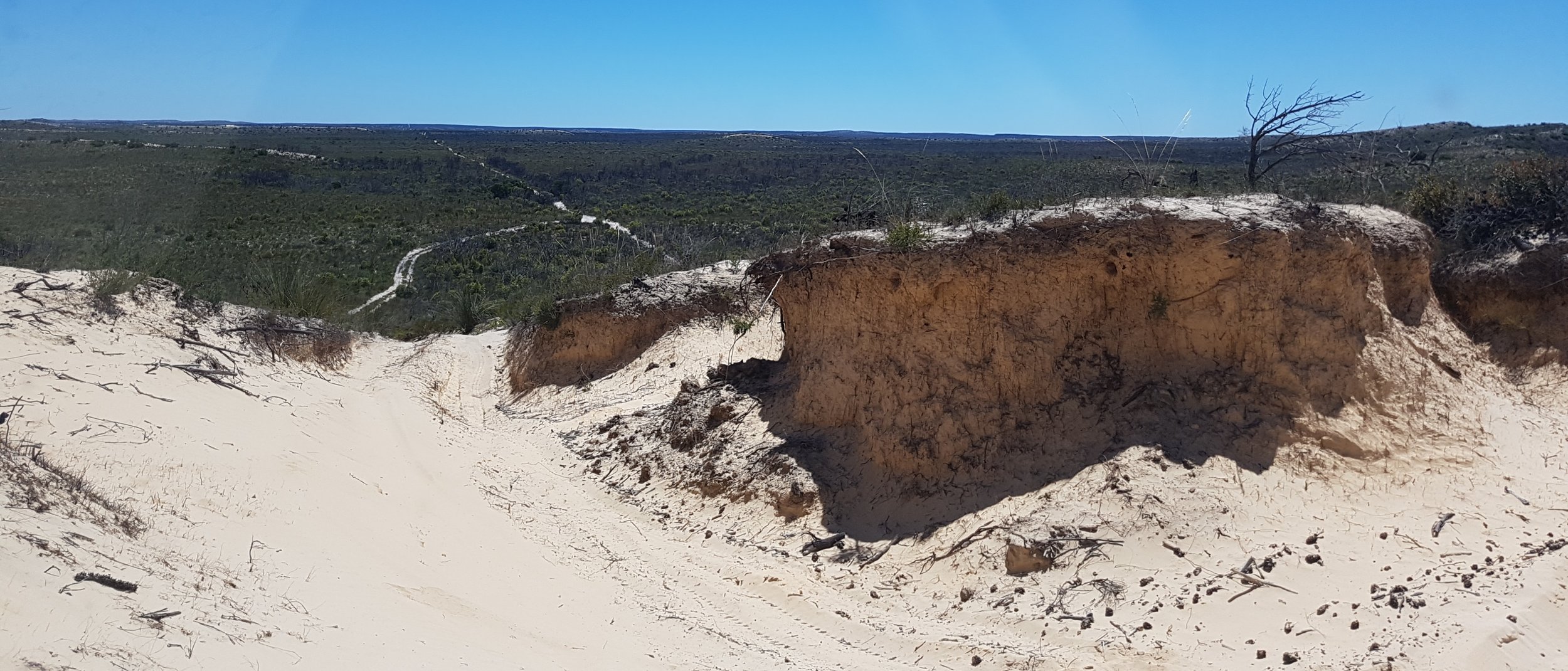We managed to get out and about this Australia Day weekend and witnessed the devastating impact the fires have had around the Blue mountains, Lithgow and Wolgan Valley regions.
The severity of the fires was clearly evident from Wentworth Falls and Evans Lookout - where most areas, particularly the valleys were struck hard.
The drive along Wolgan Rd (Newnes State Forest) not only highlighted the devastating impact of the fires, but also the lack of wildlife. The Bush that was once so dense and now sparse offers no food or housing for the wildlife that now remain. This was probably one of the only trips where we witnessed lack of wildlife.
The eerie landscape does however, offer signs of hope, with most trees and shrubs already regenerating - with the sight of green sprouting along the charcoal tree trunks. The 4WD trip also provided the opportunity to see popular structures like the Newnes Hotel and ruins that were thankfully saved.
The tour ended with the magical scenes of The Lost City - LITHGOW. (The Glow Worm Tunnel tracks are still closed.)
Despite the Wollemi National Park being closed this summer, some tracks have reopened. The drive via the Blue mountains also allows a few stop overs. #helpsupportlocalbusiness
On this journey, we witnessed the impact of these fires - parts that were then dense are now sparse scenes bushland consisting of charcoal stumps and red leaves. We are truly appreciative of all the efforts the RFS have provided - who have worked tirelessly for weeks fighting to contain these fires and continue to do so in many other regions of the country.
Wentworth Falls Evans Lookout, Garden of Stone National Park and Newnes State Forest - ending at THE LOST CITY rock formations.




